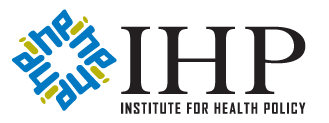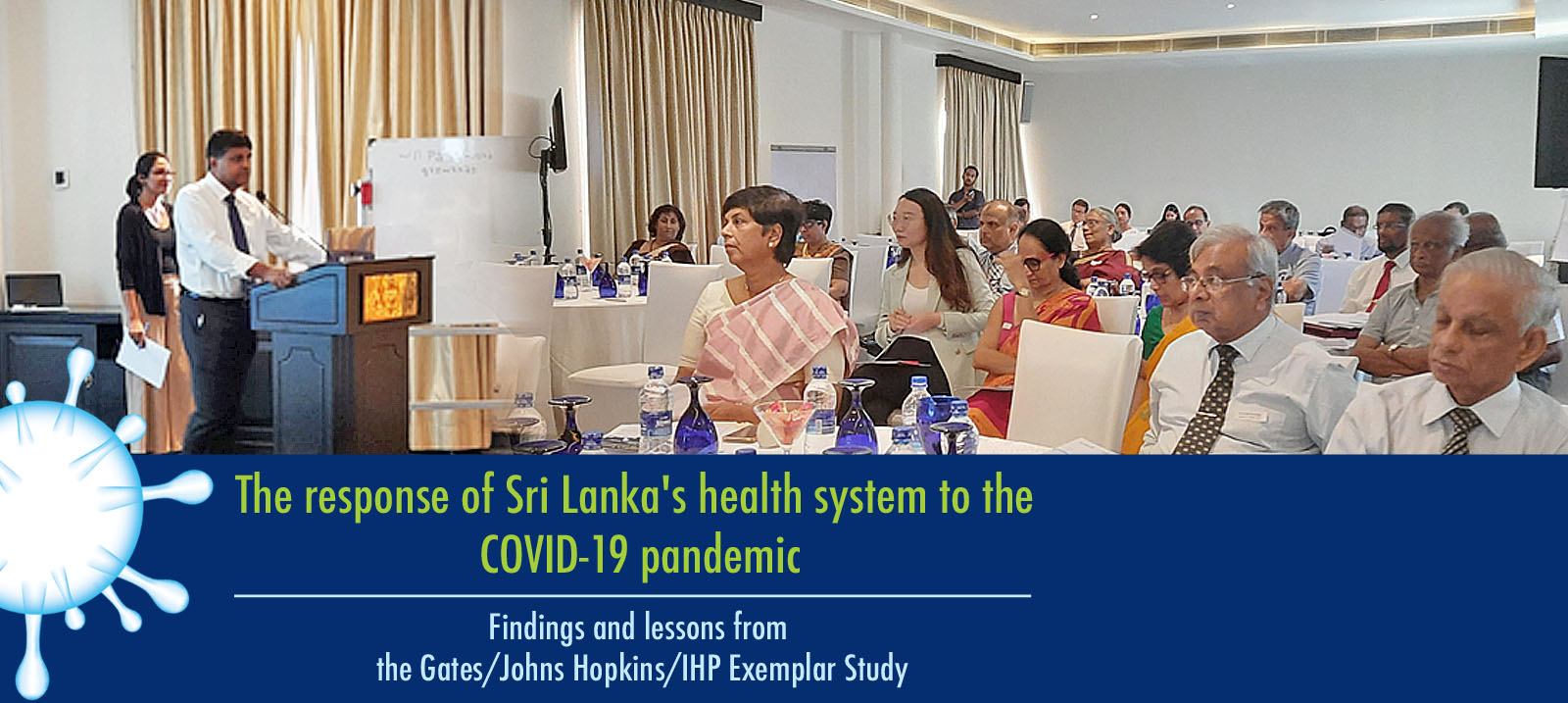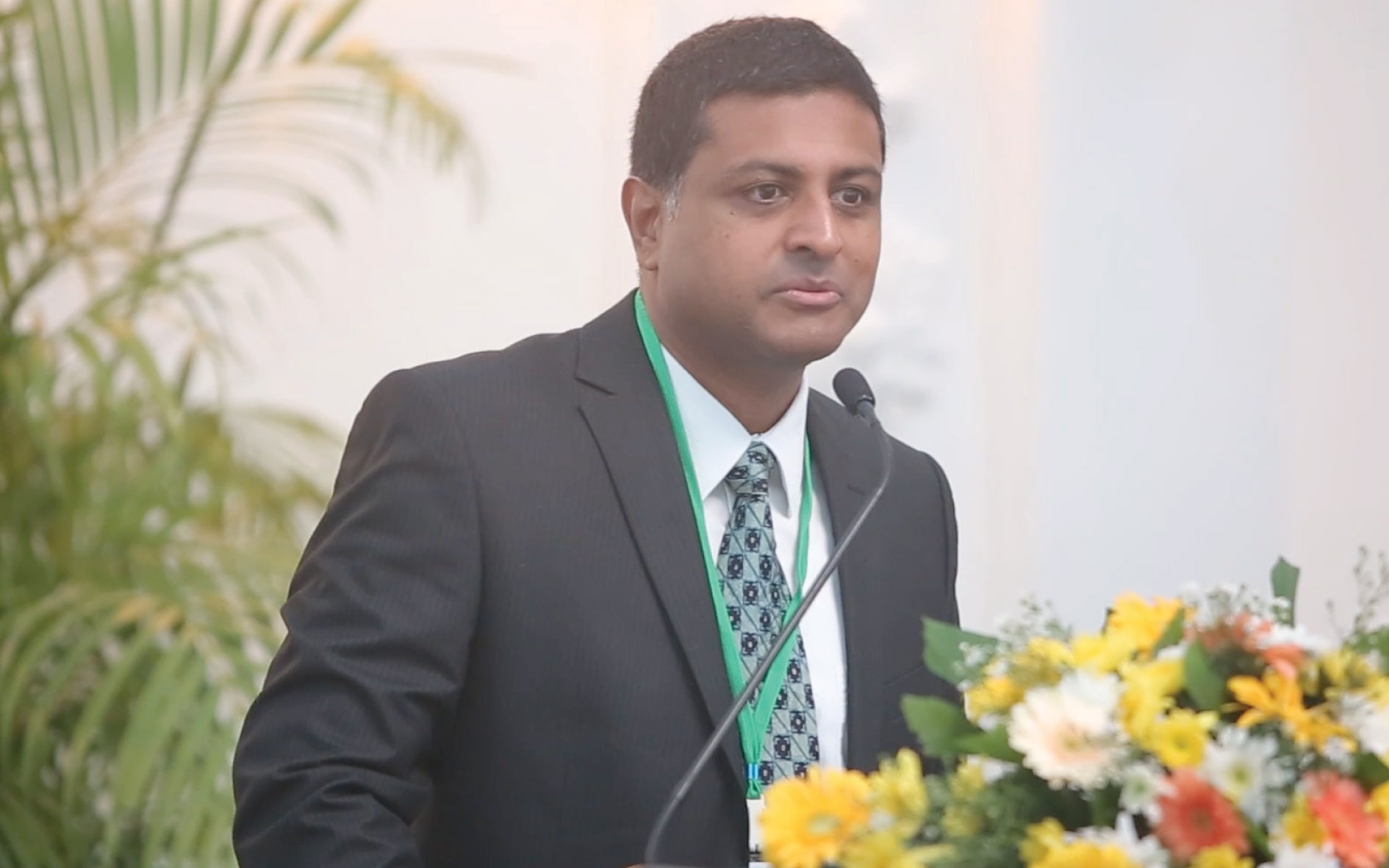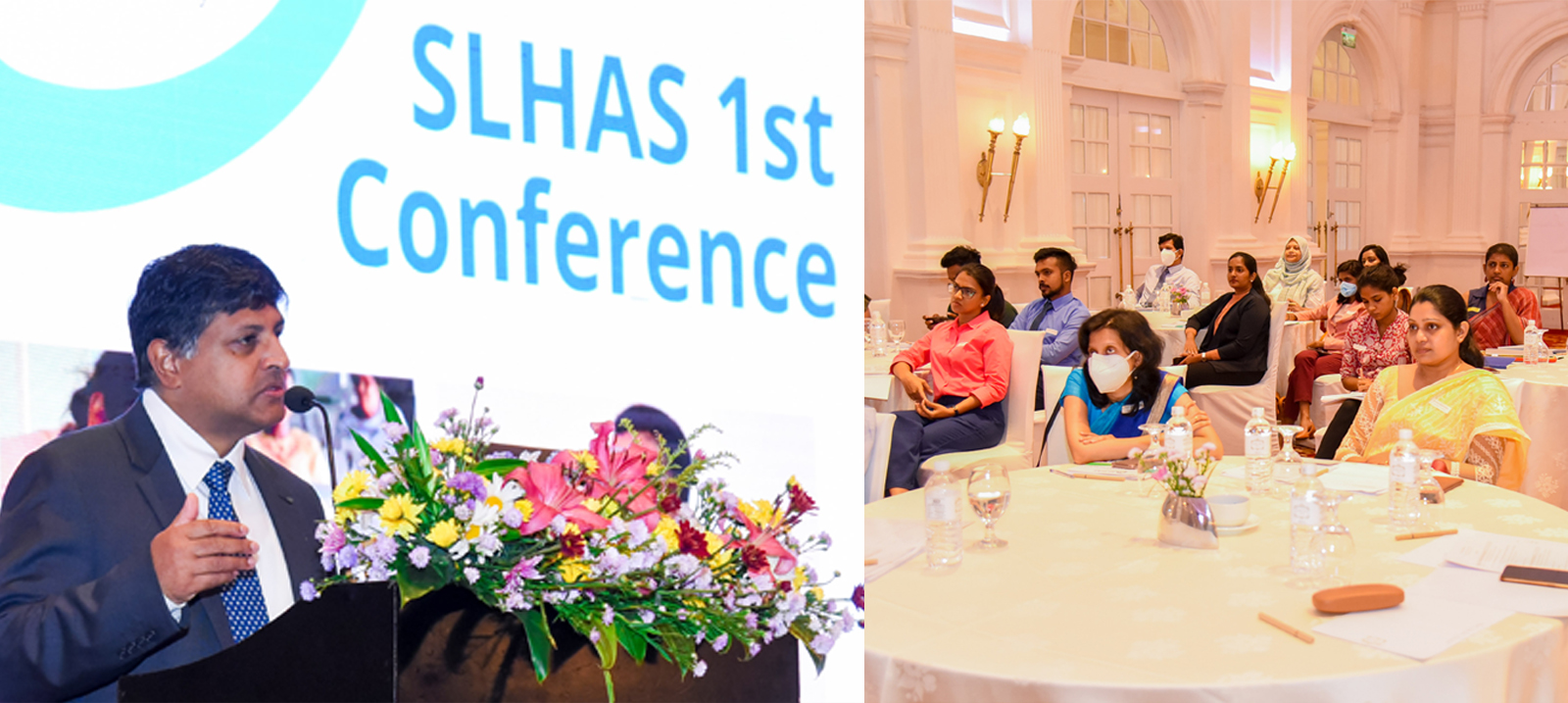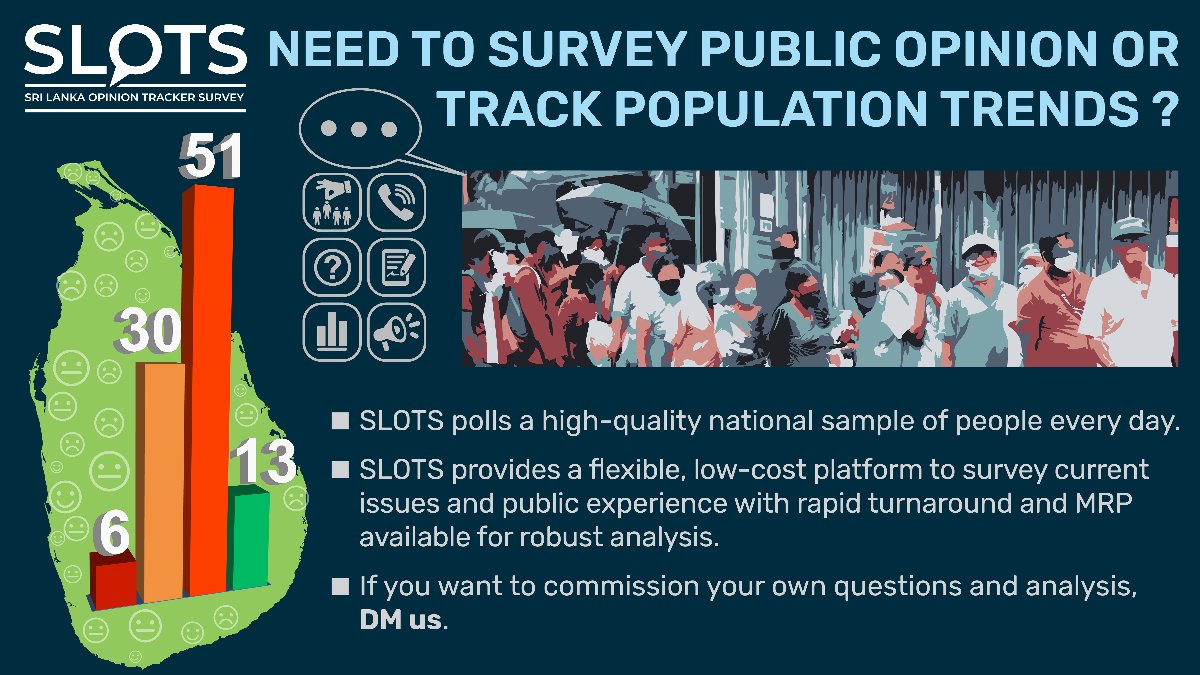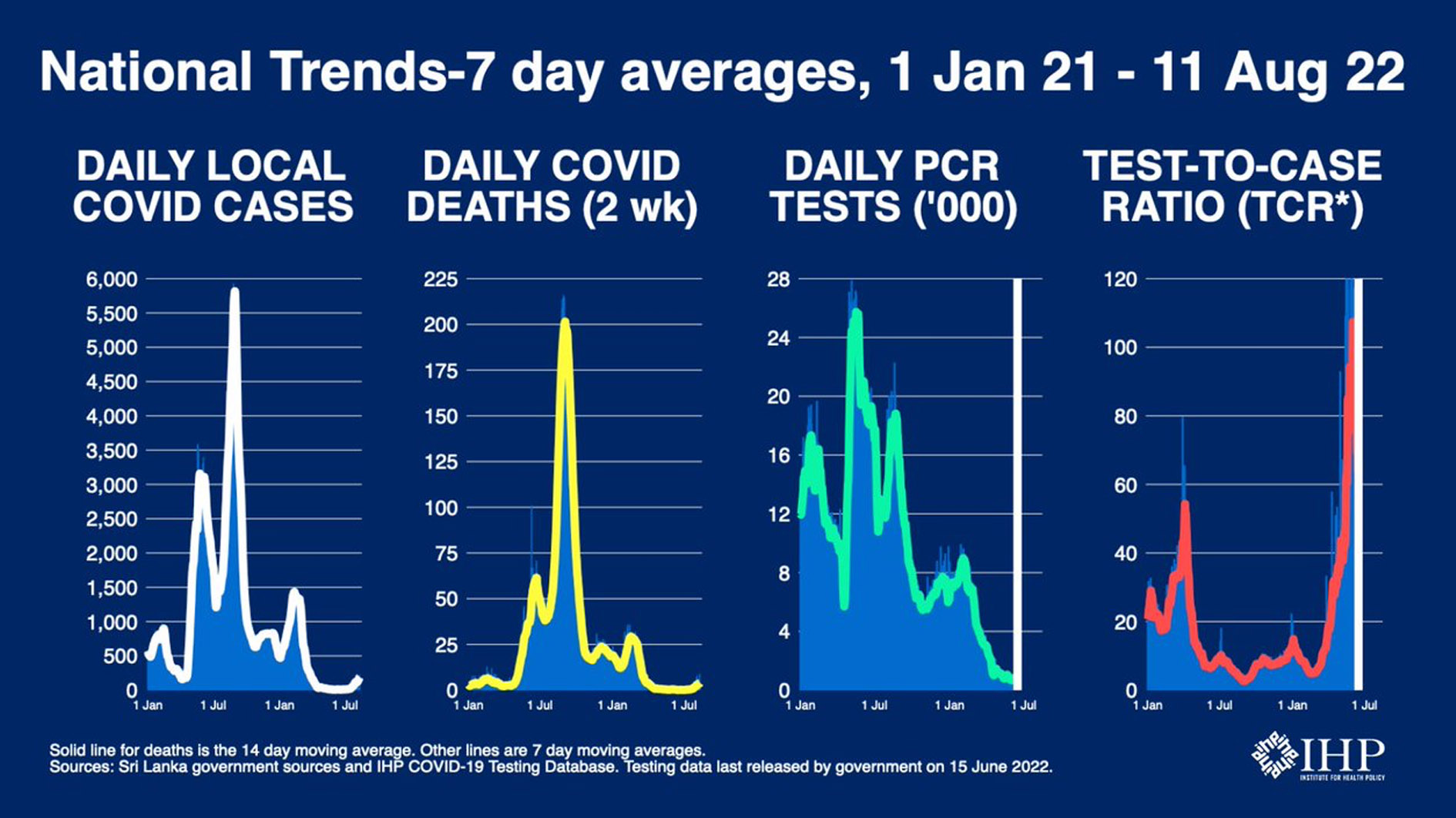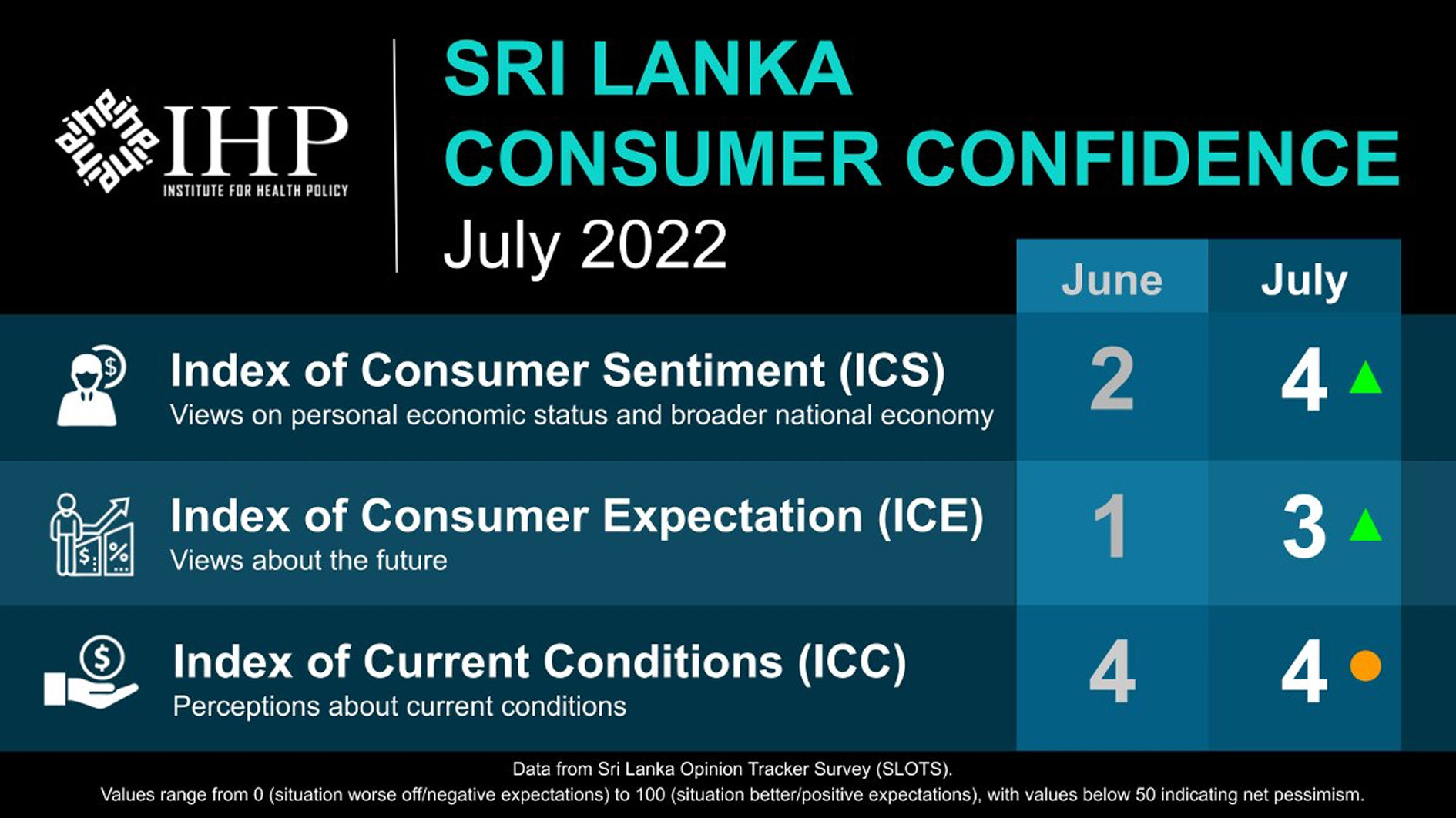The first clinic of the Diagnose Diabetic Retinopathy (Diagnose-DR) Pilot Study, was successfully conducted at the Eye Care Center (ECC) of the Faculty of Medicine, University of Colombo. The…
Read more...INSTITUTE FOR HEALTH POLICY
The Institute for Health Policy is an independent research institution, and a regional centre of excellence for health policy research, working on its own, in partnerships and with sponsors, to improve health and social systems in Sri Lanka and the wider region, by supporting, encouraging and informing policy change, through quality research, analysis and training. Read more...
IHP carries out research across a wide range of areas, ranging from ageing and population to social protection and pensions. To browse by research area, Click here
Highlights
News
DISCOVER OUR RESEARCH
We conduct research and analysis across a wide range of health and social policy issues, both in Sri Lanka and globally. We cover a wide range of cross-cutting themes. This section compiles and groups our work by key research areas. You may also view our research by country or search our research projects database. At IHP, we are committed to sharing our research findings widely as a public service.
A core part of the mission of the Institute for Health Policy is to strengthen capacity in health systems and health systems...
We strongly believe that our research is a public good hence we are committed to the wide dissemination of our research.

